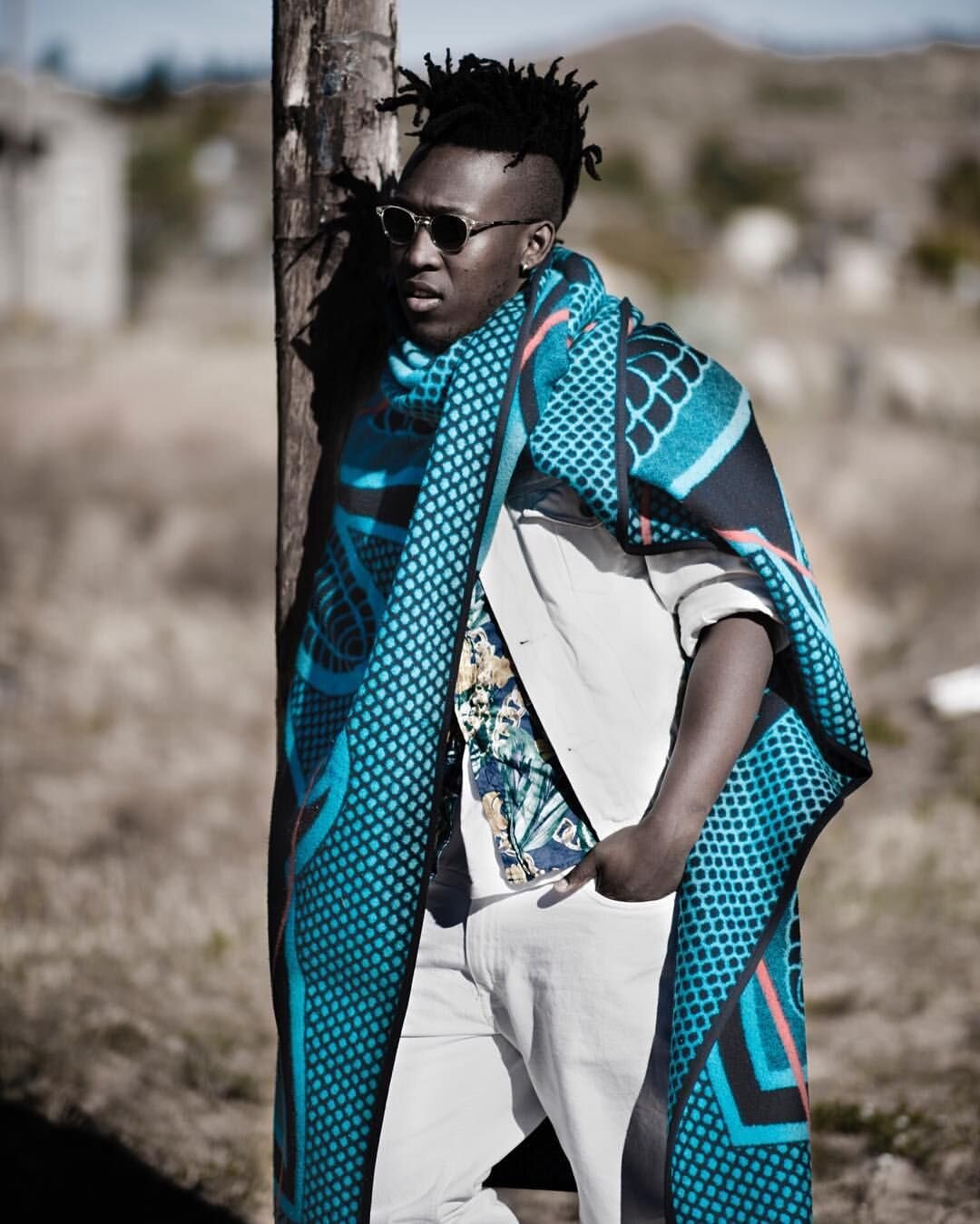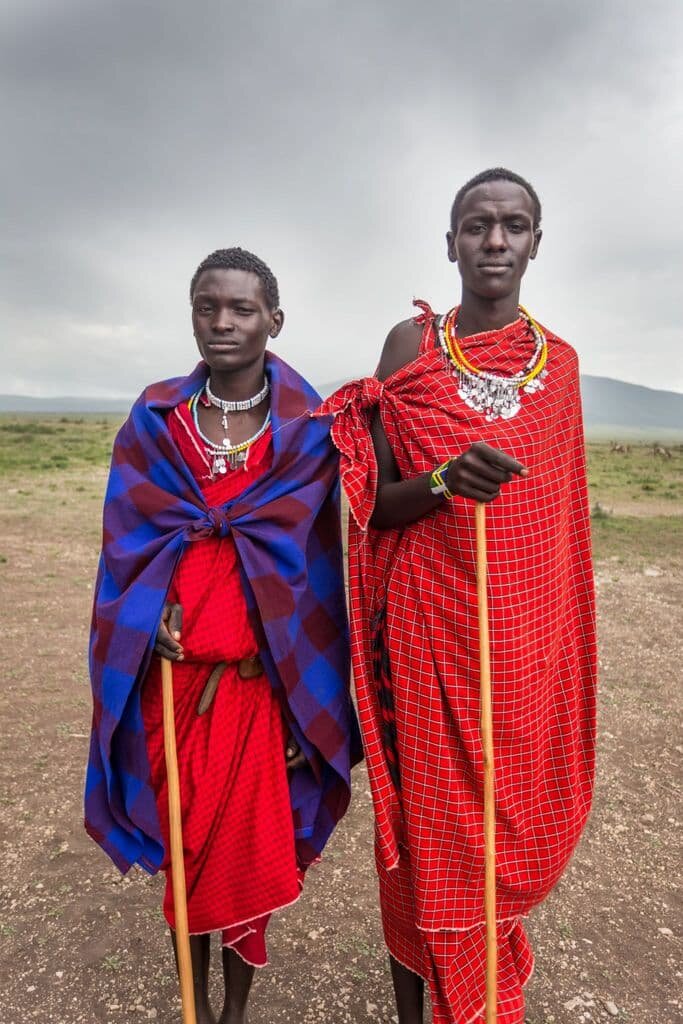A History of African Tribal Dress
Africa has a rich clothing heritage. From its colourful kente, kitenge, Ankara and other materials to the varied traditional attires particular to individual tribes, nobody can accuse Africa of being a dull continent. Typically, African tribal attires symbolise something where they are worn, with some associated with the age, gender, marital and social status of the wearer. In this piece, we explored some of these tribal attires and what they represent. Read on.
1. Tsonga Tinguvu or Xibelani Skirt
The Tinguvu or Xibelani skirt is native to the Tsonga women of Limpopo, South Africa. Introduced sometime in the 1800s, the Tinguvu skirt is now known as Xibelani because of its use in the Xibelani dance. Tinguvu skirts are made of two layers: an upper short layer and a lower long and broad one. They are made from wool, grass, maize meal sacks and cloth. Though the Xibelani skirt suffered disuse for some years, it has remained a part of Tsonga women’s tribal attire. Famous designer Rich Mnisi and singer Sho Madjozi (both South Africans) are working to keep the Xibelani skirt alive, trendy and out of the museum.
Credit: Rich Mnisi
2. Ashante/Akan Batakari War Shirt
The Batakari shirt has been an important attire amongst the Akan/Ashante people of Ghana since the 18th century. Usually worn by men, the war shirt is a smock-like top with amulets and leather pouches containing select Quranic verses sewn on top of it. It is made from cotton, herbs, animal horns and skins, and cowrie shells. Batakari shirts were believed to offer protection to the wearer. Ghana’s colonisation made the original Batakari shirts become relegated to museums and special ceremonies. The design however lives on as modern-day smock tops and dresses worn by Ghanaian men and women.
Credit: SteemKr
3. Botswana Tshega
The Tshega is a tribal loincloth worn by Tswana males of Botswana. It is made from the skin of animals such as antelopes, wild cats, jackals and hares. Due to the influence of modernisation/colonisation, this attire is no longer worn by most Botswanans. The animal hides required to make this attire is another factor that may have contributed to its discontinued use. Although Tshega made a brief comeback when it became the chosen performance attire of Shumba Ratshega, it has since faded away. Certain Tswana dance troupes and a few individuals occasionally wear the Tshega.
Source: The Botswana Gazette
4. Basotho Blanket
A timely gift of a woollen blanket to King Moshoeshoe I in 1860 led to the birth and adoption of the Basotho blanket as the tribal wear of the Basotho people of Lesotho. Basotho blankets are made from 88% wool, a planet-friendly alternative to the animal skin kaross they used to wear. It is an important part of Basotho culture, used to mark occasions such as marriages, deaths, puberty, and births. Aranda, Black Panther and Louis Vuitton have ensured that the blanket found its place in pop culture.
Credit: Tyitelle
5. Zulu Isidwaba
The isidwaba is a leather skirt made from cowhide or goatskin usually worn by married/betrothed Zulu women of South Africa. The skirt is made from the hide of the cow/goat given by the bride’s father to his daughter when she is about to get married. Some are designed with intricate beadworks while others are not. Symbolically, the isidwaba tells people that a woman has been spoken for or is married. The skirt has been adopted in mainstream fashion and designers still make it from animal skin.
Credit: Pinterest
6. Maasai Shuka
Similar to the Basotho people, the Maasai people of Kenya and Tanzania had for centuries worn cloaks made from animal hides and skin. Colonialism and a scarcity of animal hide, however, meant a search for an alternative which they found in the woven thick cotton sheet called shuka. Shuka has been a tribal attire of the Maasai since the 1960s. The sheets are usually red in colour, as red is symbolic to the Maasai. They believe the colour protects them from predators. Apart from red, shukas could also be black, blue, checkered/striped and it is usually tied over the shoulders or around the body and the length reaches the knees or longer. Shuka remains a part of Maasai culture and has also shown up in pop culture.
Credit: Friendly Trading
7. Habesha Kemis
For the Habesha peoples of Ethiopia and Eritrea, their tribal attire is the habesha kemis, a dress that takes up to 3 weeks to make. Usually worn by women, the habesha kemis is made from handwoven white, grey or beige cotton called shema or chiffon. It is typically a handmade ankle-length dress, but variations of it exist. What makes the habesha kemis unique are the colourful embroidery sewn around its wrists, neck, bottom, back, middle and waist. This embroidery at times represents religious motifs such as the Christian cross believed to protect the wearer. Habesha Kemis is reserved for special occasions, ceremonies and in some instances worn as daily wear. From all indications the centuries-old tribal dress is not going anywhere soon and remains a rich part of Ethiopian traditional attire.
Credit: Ethiopian Clothing








